Christ Alone is King
A Defense of the Christianity Against Sectarian Anathemism
“I confess the Athanasian Creed and believe it wholeheartedly.
I remember that…
The last orthodox Council was Chalcedon.
The last ecumenical creed was Nicaea, pre-filioque.
The eastern schism was in 1000.
The western schism was in 1500.
There is a King in Israel. I pray to Him.”
I. Confession of the Athanasian Creed:
A Summary of Trinitarian Orthodoxy
The Athanasian Creed is where the word catholic is first defined by the visible “Catholic” Church. It’s summary of the apostolic faith that both East and West may understand, though it is not an eastern Creed. Rather, it can serve them in their fight to limit the power of the pope by ending the schism.
“Whosoever will be saved, before all things it is necessary that he hold the catholic faith…”
— Athanasian Creed, opening line
This creed affirms that catholic faith IS trust in the full deity of Christ, the triune unity of God, the true incarnation, and the necessity of holding these truths for salvation as the pursuit of the new obedience in the Spirit.
These are not sectarian opinions—they are the ancient inheritance of the Church, grounded in verses like:
Matthew 28:19 – “Go therefore and make disciples… baptizing them in the name of the Father and of the Son and of the Holy Spirit.”
John 1:1,14 – “The Word was God… and the Word became flesh.”
Galatians 1:8-9 – “If anyone is preaching to you a gospel contrary to the one you received, let him be accursed.”
I confess this Creed not in defiance of Rome or Constantinople, but in continuity with the true apostolic faith both once shared before they drifted.
II. I Remember That
The Last Orthodox Council Was Chalcedon (451 AD)
The Council of Chalcedon is the final council that may rightly be called ecumenical in any sense—meaning that, like the Nicene and Athanasian, details notwithstanding, it is universally received as carrying the Spirit of Christ. When Christians from any of the three branches speak of the Trinity or of the Incarnation, it is Chalcedon they confess, even when we get it wrong.
The Four Negations of Chalcedon, as credo, established for the sons of the Kingdom a fully enfleshed acceptance of the two natures of Christ—God and man—as the one Person, Jesus, our Brother and Lord:
“We all with one voice teach… one and the same Christ, Son, Lord, Only-Begotten… in two natures, without confusion, without change, without division, without separation…”
This definition guards against both the Nestorian heresy (dividing Christ) and the Eutychian heresy (blending Christ’s natures). It affirms Hebrews 2:14 and Colossians 2:9 alike.
False sacramental praxis that reflects subtle rejections of these truths does not a full apostate make. Since we shall speak with “ecumenical” authority, we shall not usurp Chalcedon for any latter-day Trentine or Palamite synodaliti-ism.
III. Before the Filioque
The Final Unity Was Nicaea (325)
The Nicene Creed was finalized in 381 at Constantinople. It proclaims:
“We believe in the Holy Spirit, the Lord and Giver of Life, who proceeds from the Father…”
The Filioque—“and the Son”—was added unilaterally in the West. Its theology is true (cf. John 15:26; Galatians 4:6). But that isn’t the point the East is finally making.
The real complaint is its imposition upon the East by Western (papal) authority, violating conciliar unity and lighting a fire that would boil the pot over some 600 years later.
IV. The Eastern Schism Was in 1054
The mutual excommunications between Rome and Constantinople mark the beginning of a thousand-year theological cold war.
In the East, post-Chalcedonian councils (e.g., the Hesychast-Palamite synods of the 14th century) introduced mystical and anti-Western metaphysics that hardened their traditions. In the West, Plato and Aristotle continued their everlasting struggle for the heart of the Republic.
Rome crowned itself the exclusive heir of Peter and is reborn the Senate of Rome.
The East crowned itself the last refuge of true worship and is reborn the sect of sects—where all obey as one, yet each man does as he sees fit.
“The kings of the earth set themselves… against the Lord and against His Anointed…” — Psalm 2:2
V. The Western Schism Was in 1517, 1527, 1530, 1534, 1537, and… and… and…
The Reformation was not the beginning of schism, but the full diagnosis of the one already long present.
The Empire fractured along ethnic lines, but it was the result of a tyrant-Spirit-King who had declared against God’s poor:
– That the grace of Christ must be accessed through the purgatorial system of merit.
– That indulgences could reduce punishment for sin—for coin.
– That popes could define doctrine not found in Scripture and change the meaning of councils.
The Reformers said, “No.”
This was not Protestantism departing from Rome, but the Catholic Church protesting against the Pope. Rather than be Christ-like and atone for his errors with a true council, the Laterans elected to redefine the meaning of the name and all but explicate the true Augustinian order.
VI. There Is a King in Israel.
I Pray to Him.
All confessions, creeds, and councils must bow before the resurrected King:
“All authority in heaven and on earth has been given to Me.” — Matthew 28:18
“We have no king but Caesar.” — John 19:15 (condemnation of legalism)
“But we see Jesus, crowned with glory and honor…” — Hebrews 2:9
My conscience, like Dr. Martyr Freedom’s, is captive to the Word of God. I do not fear the judgments of councils, bishops, bullies, or twerps. Say it to my face. Burn me at the stake. Tell me I made it up. Ask me if I need to see a shrink. Worry about my family. Write me off as a fool.
I fear God.
And I pray to His Son, whom I have, thank God, come to believe on not only as Savior, King, Judge, and God—but most audaciously, as an older Brother.
Since He’s on the bench, I know that everyone who scoffs at me in half of His name already has what is coming to them.
I tend to reflect on Proverbs 24:17–18 at such times.
VII. Hold Fast
Let others anathematize.
We bless.
The condemnations of the Augsburg Confession are TRUE. That does not make them good manners. That does not mean their every voicing serves as an instrument of the Spirit. If demons confess Christ, they are still to be silenced (see appendix).
The errors that we condemn are legal precedent in the court of Rome—official teachings of institutions—words that are wrong in their totality, and for which we deserve the right of seats at the See. But that does not make every line meet, right and salutary, nor even true in every context.
The fight is against Babel, not for a better historical method than Scripture.
Let them show their stripes as they proclaim the “gospel” of condemnation. The cynic and the scoffer have not the wit to hide, much less hear your songs and cheer.
So, when Roman or Constantinopolitans—Platonic imperialists masquerading as Christians—tell you that trusting the finished work of Christ is not enough, then understand the spirit you are talking to. But also see that they do not speak for all their people, even when they do.
For I am a catholic’s Catholic,
and the Pope surely does not speak for me.
Jesus Christ is Lord, to the glory of God the Father.
He has died.
He has risen.
He will come again.
Appendix: Silence Them!
Mark 1:25 – Jesus silences the demon in the synagogue at Capernaum:
“Be silent, and come out of him!”
Luke 4:35 – Parallel account:
“Jesus rebuked him, saying, ‘Be quiet, and come out of him!’”
Mark 1:34 – Jesus “did not allow the demons to speak, because they knew Him.”
Luke 4:41 – “Demons also came out of many, crying out, ‘You are the Son of God!’ But He, rebuking them, did not allow them to speak.”
Mark 3:11–12 – “And the unclean spirits… cried out, ‘You are the Son of God.’ But He sternly warned them that they should not make Him known.”
Matthew 8:29–32 – Demons in the region of the Gadarenes plead with Jesus not to torment them; He casts them into pigs without allowing further speech.
Acts 16:18 – Paul rebukes the spirit of divination in Philippi:
“I command you in the name of Jesus Christ to come out of her.”
(She had been shouting for days; Paul puts an end to it.)


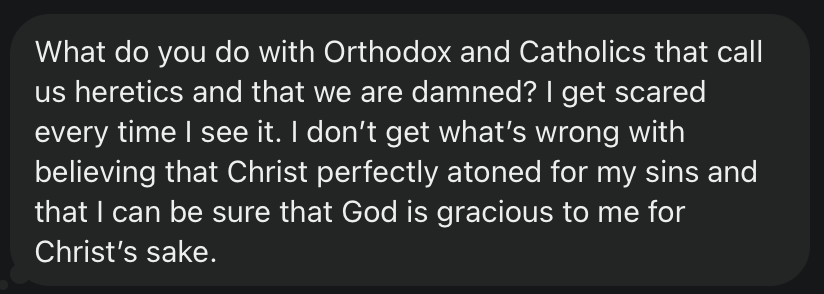
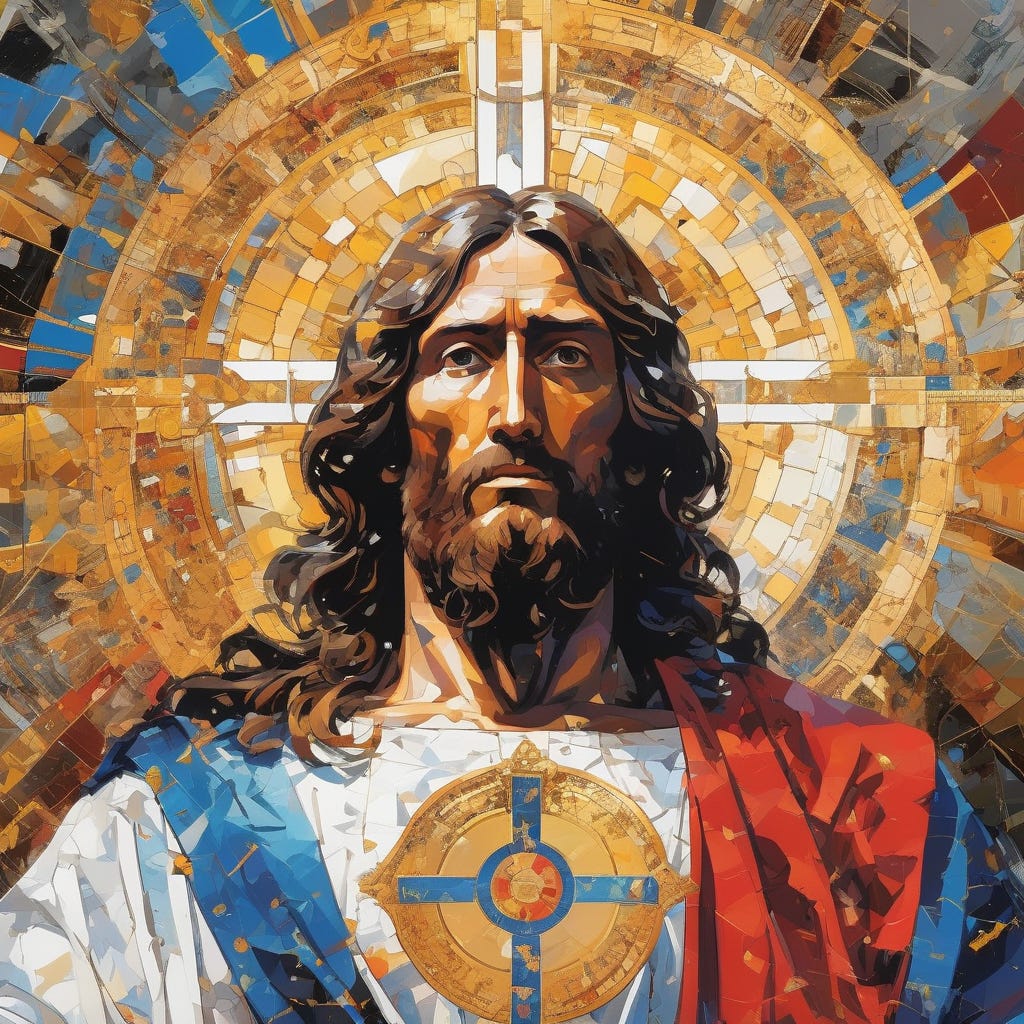
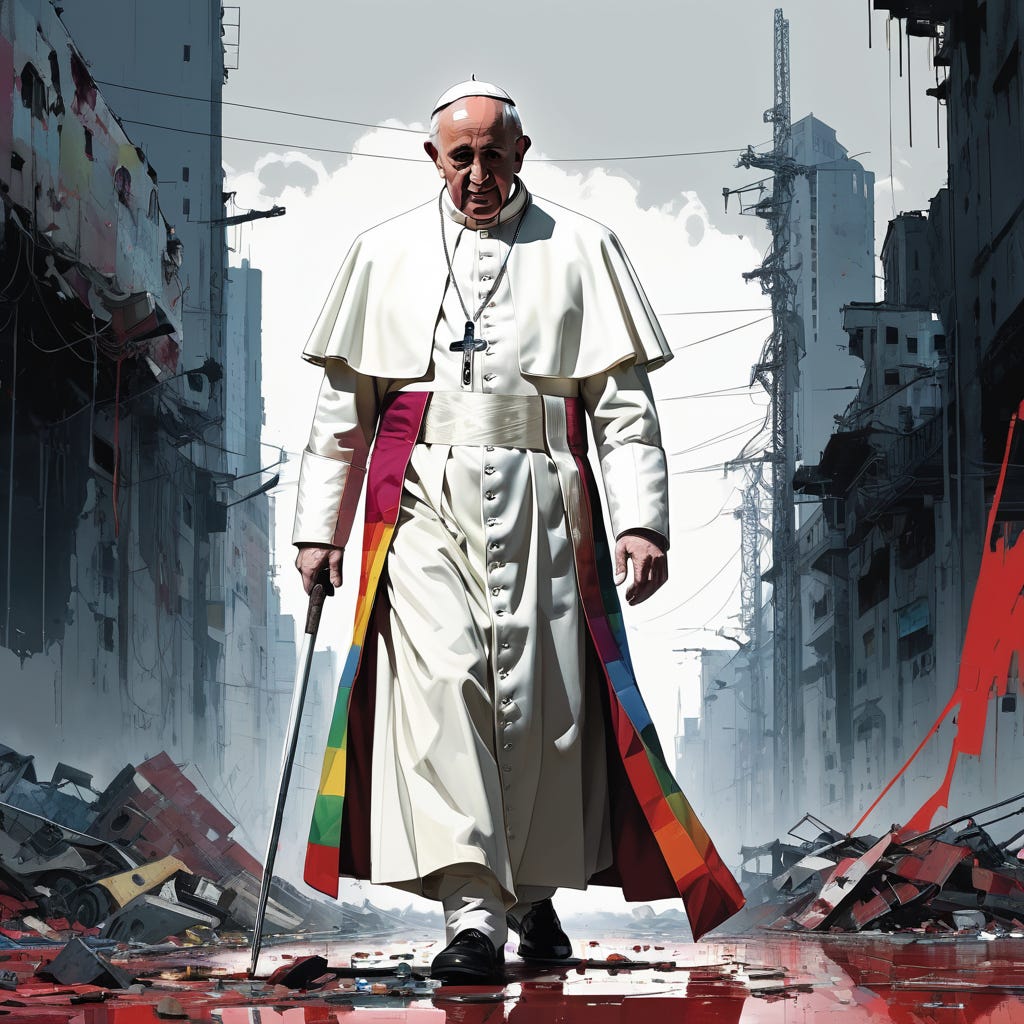

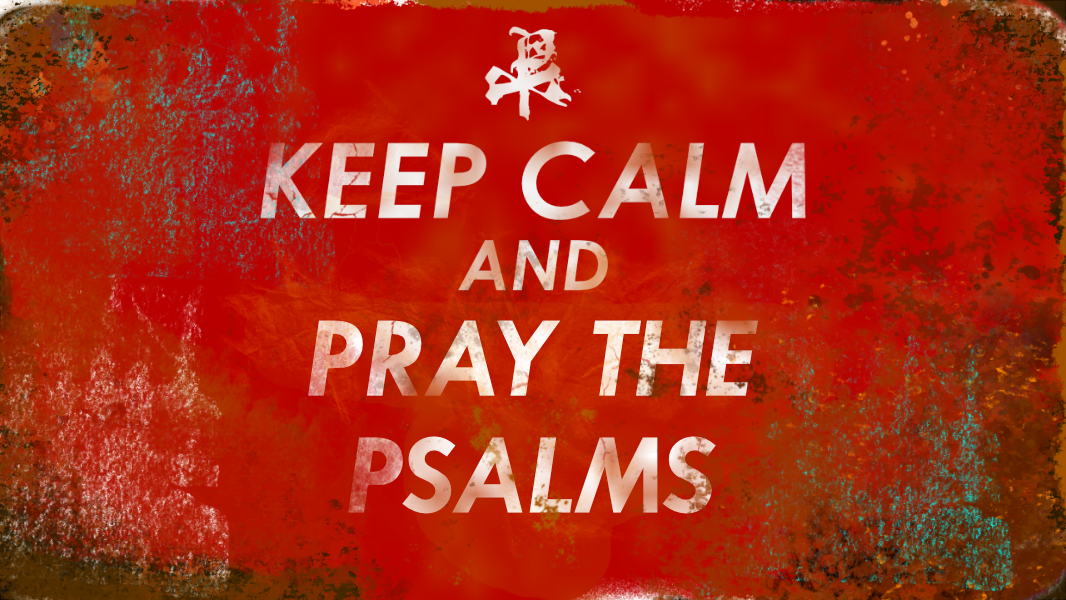
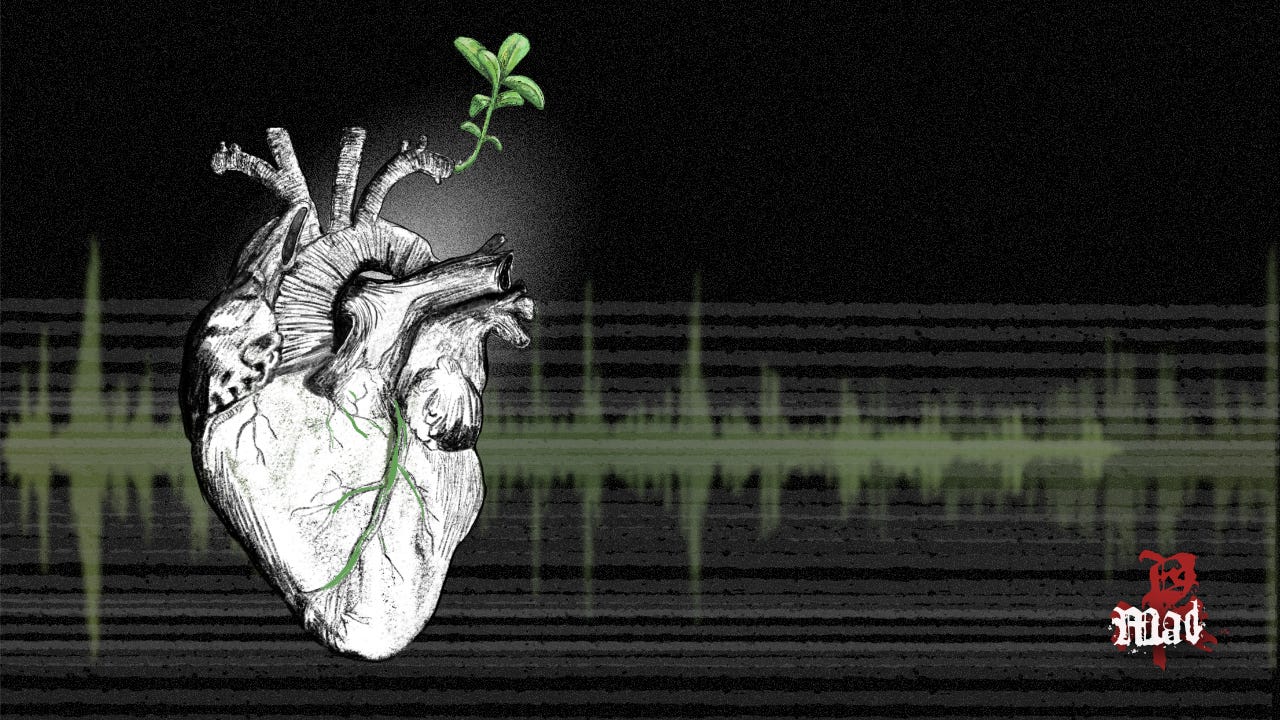
Well said.
God's peace be with you.